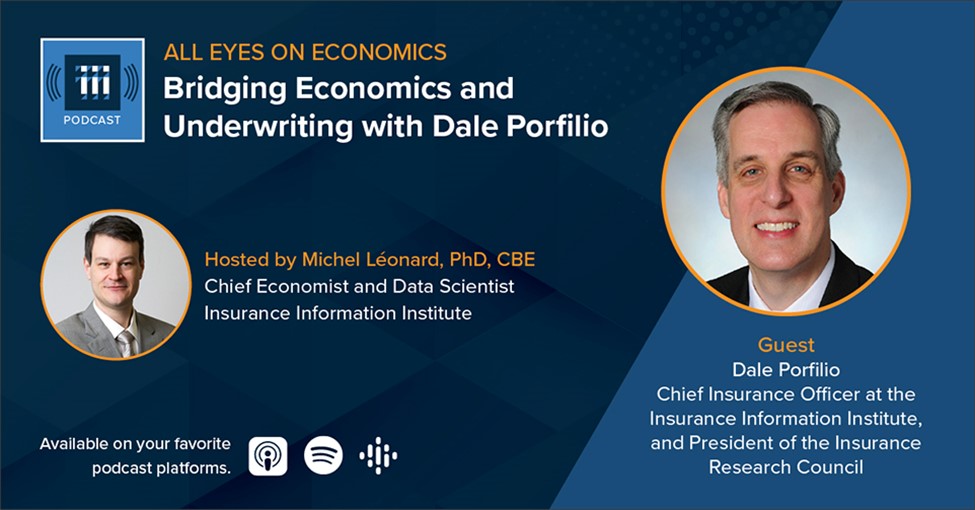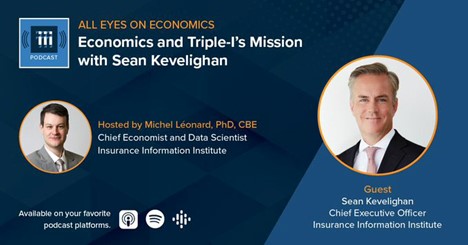The commercial property/casualty (P/C) insurance market shows signs of stabilization in 2024, despite persistent challenges like frequent natural disasters and social inflation, according to a midyear market report from The Baldwin Group (TBG). While rate increases have slowed and capacity has improved in some areas, insurers remain cautious, focusing on policyholders’ ability to manage potential loss scenarios.
“Though certain lines, industries, and geographies remain challenging, overall market conditions are easing,” the report’s authors state. “While rate increases have decelerated and there is new capacity for certain lines, insurers are still taking a very stringent approach to underwriting by putting a magnifying glass on insureds’ ability to prevent, respond to, and rebound from potential loss scenarios.”
Key Market Drivers and Trends in Commercial P/C
Severe weather events continue to be a major focus for insurers in 2024, as they remain concerned about the impact of unmodeled secondary perils and interconnected weather events on their books of business, according to TBG. Experts are predicting an increase in named storms for the 2024 Atlantic hurricane season, further emphasizing the need for insurers to closely monitor and assess their exposure to these risks, TBG noted.
Litigation trends have also had a significant impact on the commercial P/C market. The effects of legal system abuse and social inflation have become more evident, with the U.S. P/C industry witnessing a downturn in favorable reserve developments in 2023, stemming primarily from adverse developments in general liability and auto liability sectors, the report stated.
“Losses for these two lines are only projected to continue to grow at a fast rate due to social inflation and nuclear verdicts,” TBG said.
Several states have begun to fight back against legal system abuse, nuclear verdicts, and third-party litigation funding (TPLF). However, other states have expanded liability in certain areas, such as wrongful death cases, creating a complex and varied regulatory landscape for insurers to navigate, according to the report.
The economy continues to pose challenges for businesses and insurers alike. Slowing economic growth, persistent inflation, and high interest rates have created a difficult environment by increasing the cost of capital, claims, and goods, TBG reported. As a result, insurers are hesitant to deploy capital and implement drastic rate reductions, instead taking a cautious approach to exposure growth.
Geopolitical dynamics also play a role in shaping the commercial P/C market. Political dynamics and the threat of civil instability at local, state, national, and global levels pose risks to economic growth and supply chain stability, adding another layer of complexity for insurers to consider, according to the report.
To address these challenges, insurers are increasingly turning to advanced technologies, such as artificial intelligence (AI) and machine learning solutions. These technologies are being leveraged to address underwriting talent gaps, improve risk modeling accuracy, enhance operational efficiency, and boost long-term profitability, TBG reported.
One notable development, according to the report, is the release and adoption of Moody’s RMS Version 23 software, which is expected to capture recent trend — both catastrophe losses and higher repair and replacement costs — that have driven up insurer claims costs and provide larger modeled probable maximum losses.
Reinsurance Market Developments
For commercial property reinsurance, April 1 renewals brought increased capacity appetite on excess layers, while lower or primary layers remained challenging.
June 1 renewals in Florida saw some price reductions as dedicated capacity flowed into the market. However, the prospect of a highly active 2024 hurricane season has left reinsurers reluctant to support lower layers on programs, leading to continued bifurcation in appetite and pricing, according to TBG. Despite these developments, reinsurance prices remain well above historical averages from a technical pricing perspective. The next phase of the market cycle will be clearly dictated by how the hurricane season unfolds, the report noted.
On the casualty side, reinsurers continue to express concerns about reserving adequacy due to the impacts of social inflation. The unpredictability of losses related to COVID-19 shutdowns has increased conservatism, especially for casualty and auto portfolios heavily exposed to social inflation, where the expected claimant is a member of the general public rather than a contracted third party, according to the report. Adverse development from claims in the previous soft market (2015 to 2019) have led to increased scrutiny by reinsurers, many of which continue to reiterate their concerns on reserving adequacy, TBG reported.
Commercial Lines Market Conditions and Rate Trends
At the start of 2024, the commercial P/C insurance market showed early signs of stabilization, with a more orderly January 1 reinsurance renewal season indicating improved capacity and potential rate deceleration. As the year has progressed, these early developments have reached fruition, TBG stated.
Though certain lines, industries, and geographies remain challenging, overall market conditions are easing. While rate increases have decelerated and there is new capacity for certain lines, insurers are still taking a very stringent approach to underwriting by putting a magnifying glass on insureds’ ability to prevent, respond to, and rebound from potential loss scenarios, according to the report.
TBG provided a line-by-line update of its earlier market predictions, including rate trends based on the Council of Insurance Agents & Brokers (CIAB) Q1 commercial property/casualty pricing survey:
In the property market, the average rate increase in Q1 was 10.1%, but the market has notably stabilized due to insurer profitability in 2023, favorable renewals, and greater competition. However, distressed risks may see much steeper increases, TBG said.
General liability continues to see a clear bifurcation driven by the type of organization and likely claims sources, with an average rate increase of 4.1% in the first quarter. Social inflation, third-party litigation funding (TPLF), and nuclear verdicts are leading to continued market hardening, according to the report.
Commercial auto remains challenged due to litigation trends and high repair costs, with an average rate increase of 9.8% in Q1. Driver shortages are a focal issue in lawsuits, and insurers are adopting stricter underwriting tied to fleet size. Buyers should expect continued rate increases in this line, TBG reported.
Workers’ compensation remains competitive with plenty of capacity and stable rates, seeing an average rate decrease of 1.8%. It is an area of potential cost savings for insureds, as insurers look to increase profitable business, TBG noted. But medical inflation, an aging workforce, and state regulations could adversely affect claims patterns, the report adds.
In the directors and officers (D&O) liability market, public D&O rates have flattened, with most companies seeing relatively flat renewals. The private D&O market is shaped by bifurcation between stable and challenged risks, with an average Q1 rate decrease of 0.8%.
Employment practices liability insurance (EPLI) is seeing an average rate increase of 0.8% in the first quarter, with capacity and rates remaining stable. However, employee-friendly laws and regulations in states like California, New York, Florida, and Illinois continue to be challenging jurisdictions for underwriters, TBG noted.
Cyber liability has continued its stabilization in 2024, with an average Q1 rate increase of just 0.4%. Flat renewals and eager insurers characterize the market, with security controls and policies being the biggest factors in underwriting.
“Developments with AI are still too nascent for them to be felt in the market, though this will likely change as AI tools become even more prevalent,” TBG reported.
Umbrella liability capacity is restrained, especially for higher limit placements, due to social inflation and nuclear verdicts. Monoline coverage is less competitive than supported umbrella coverage, and the average rate increase in the first quarter was 7.0%.
To view the full report, visit The Baldwin Group website.






